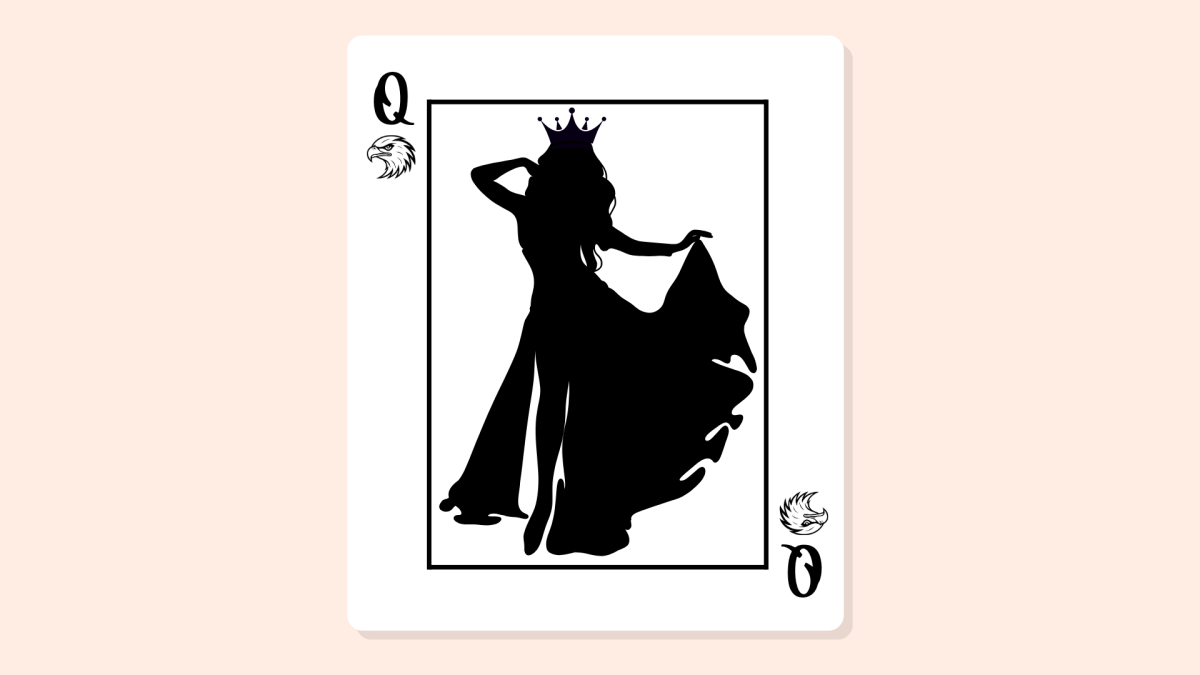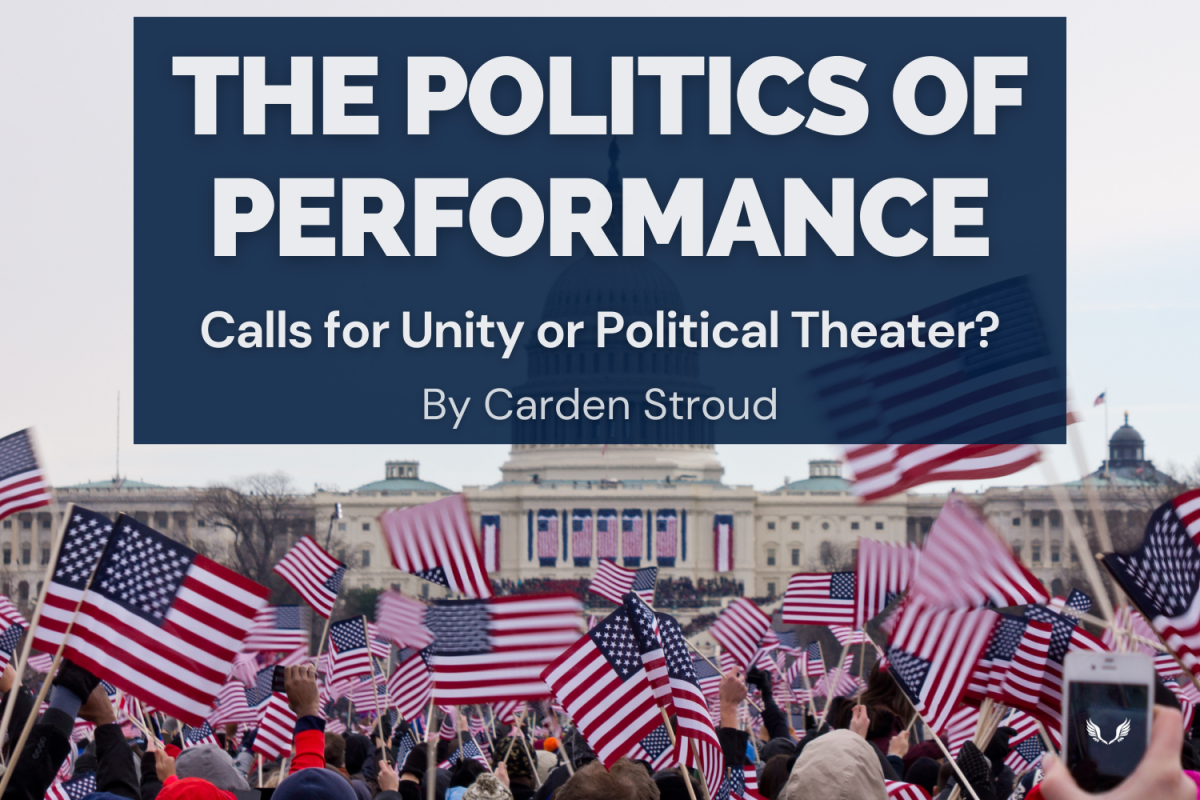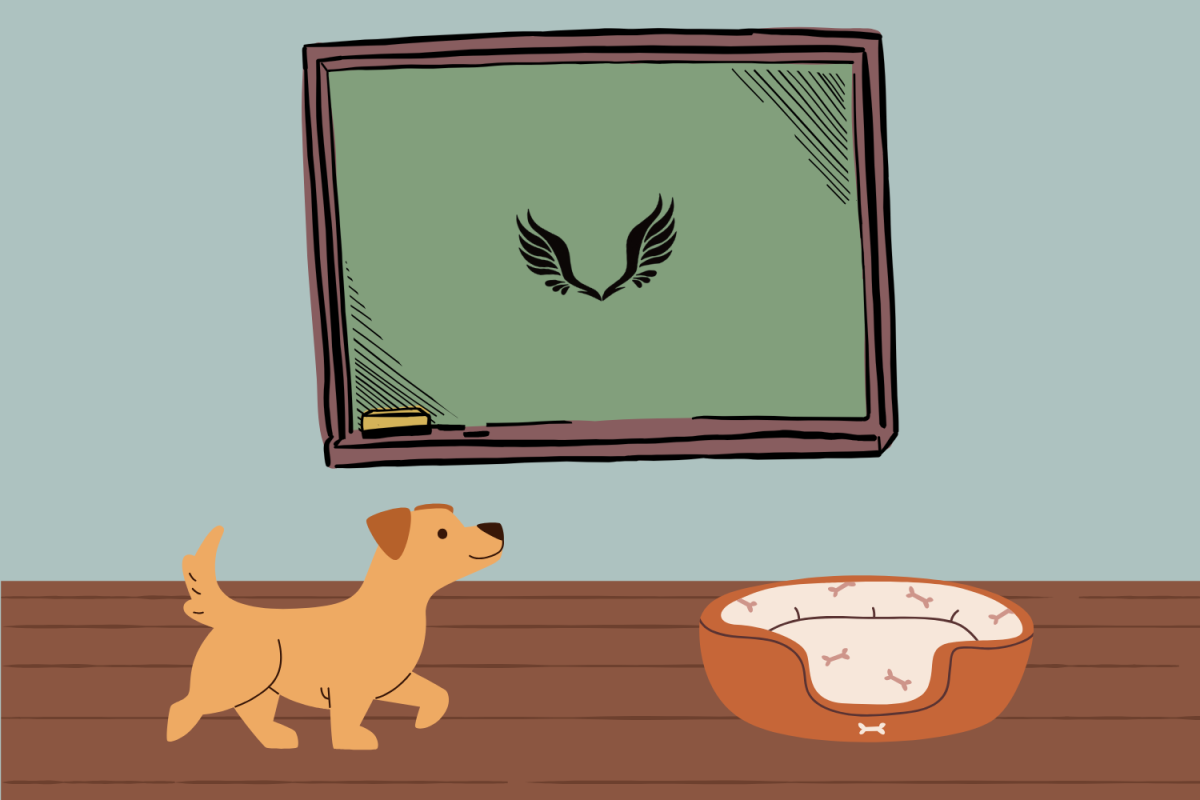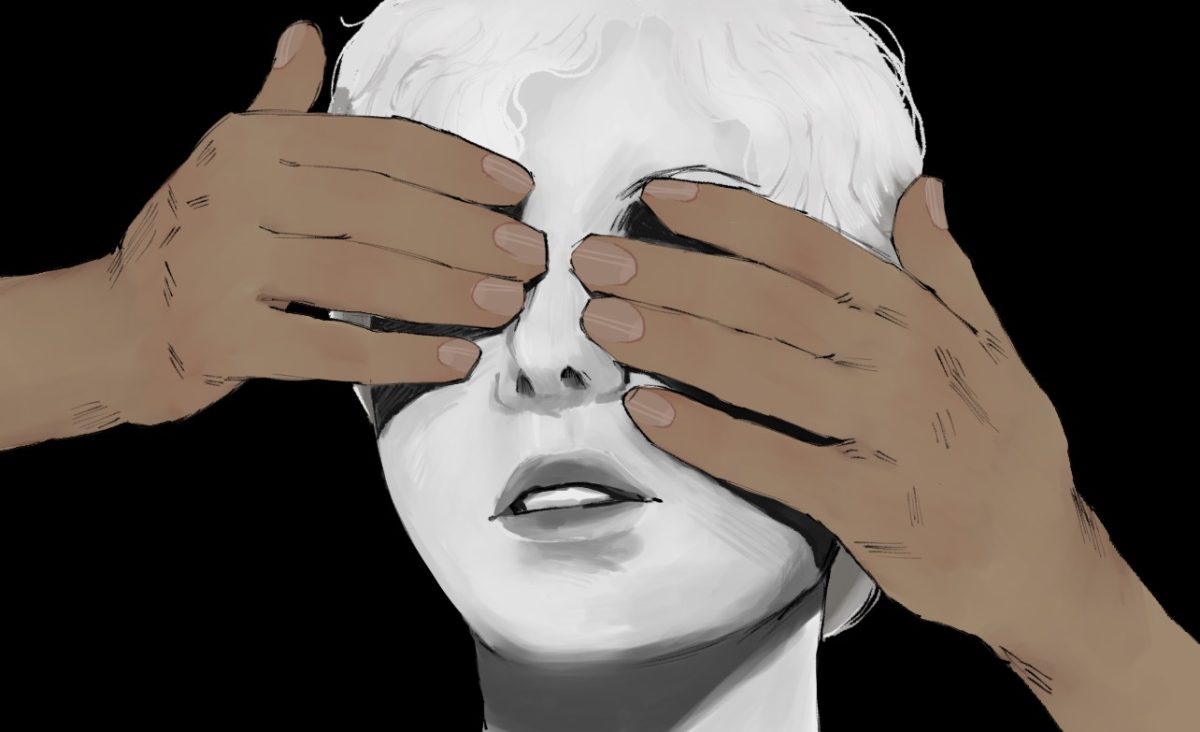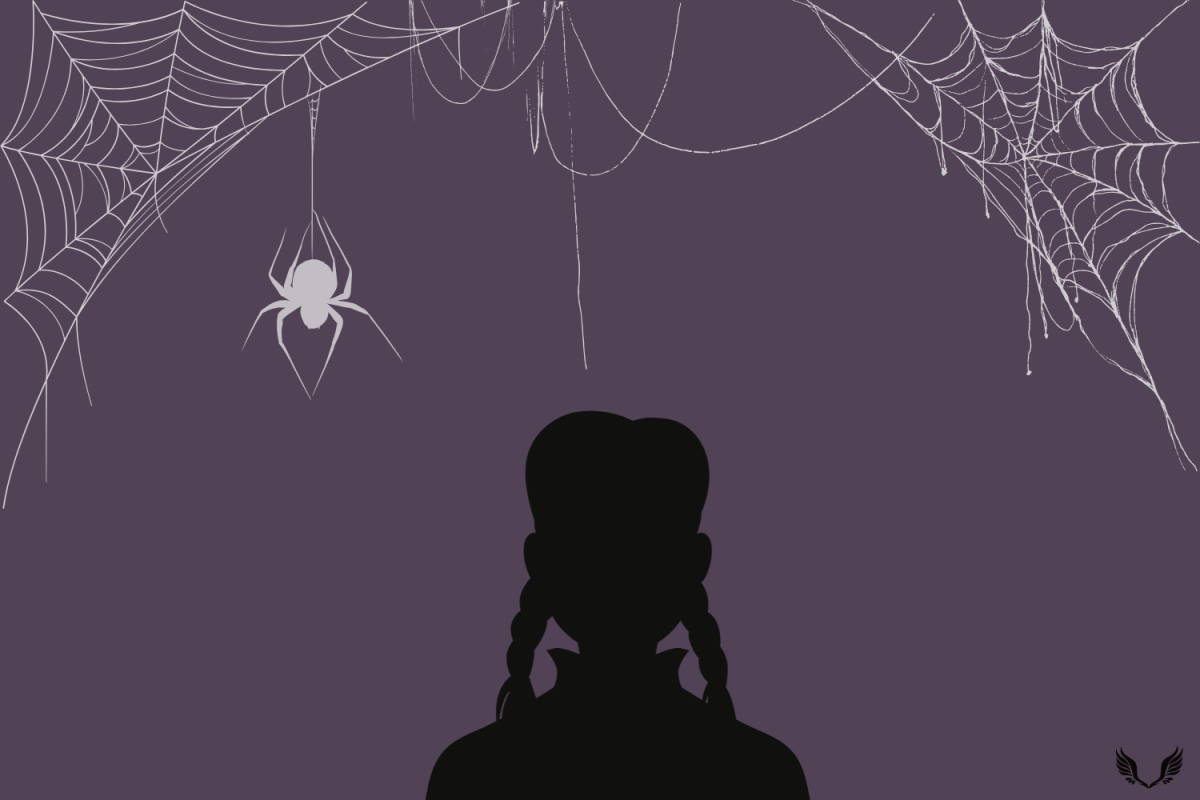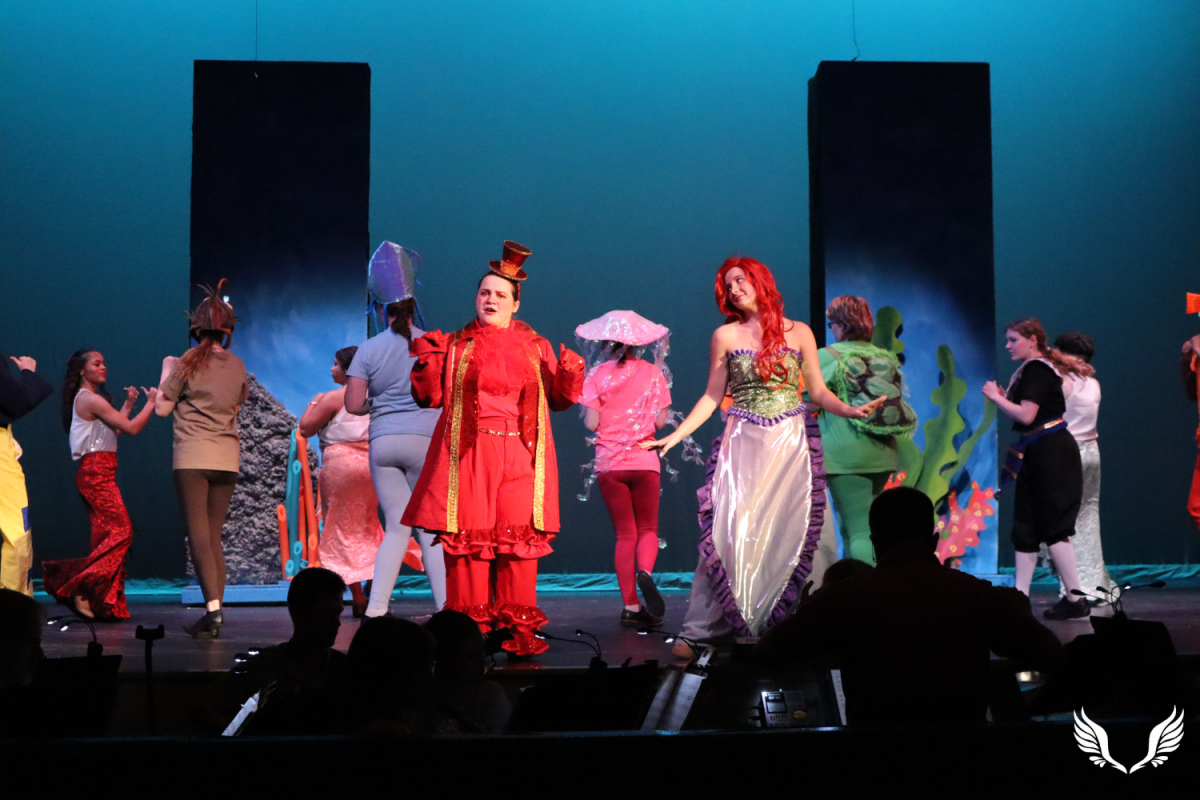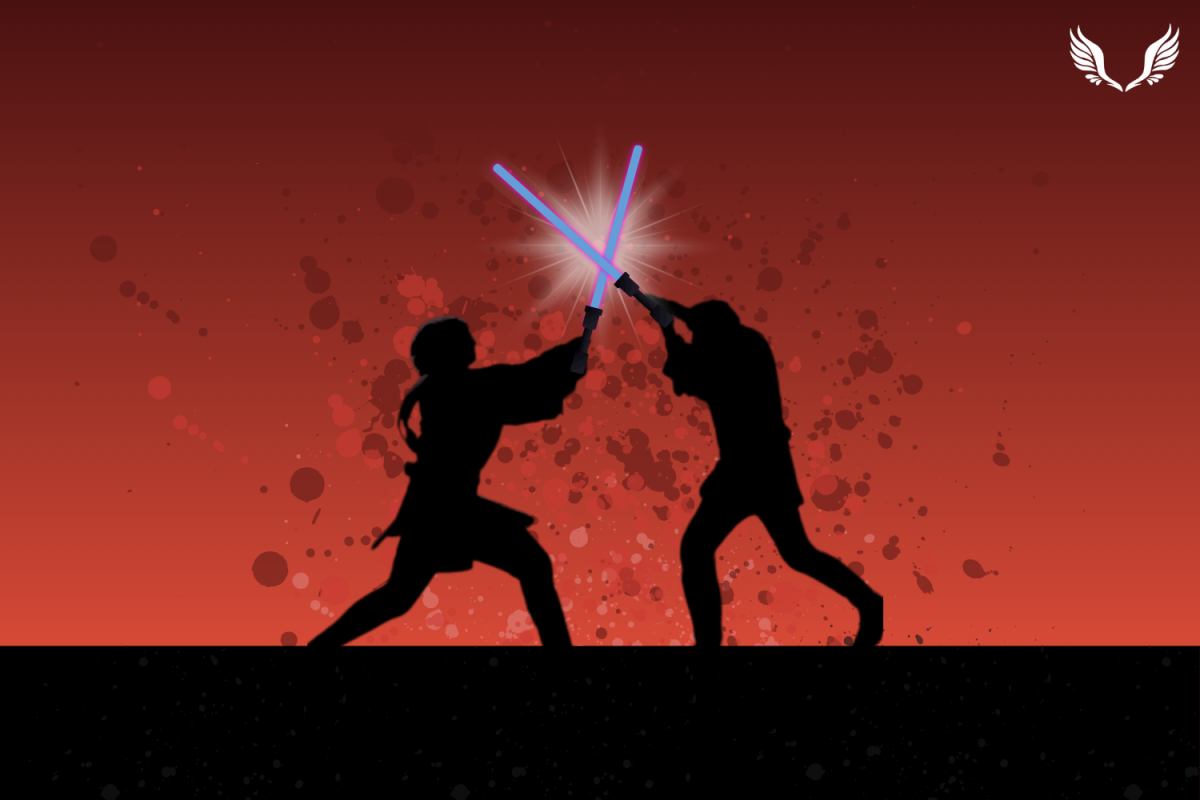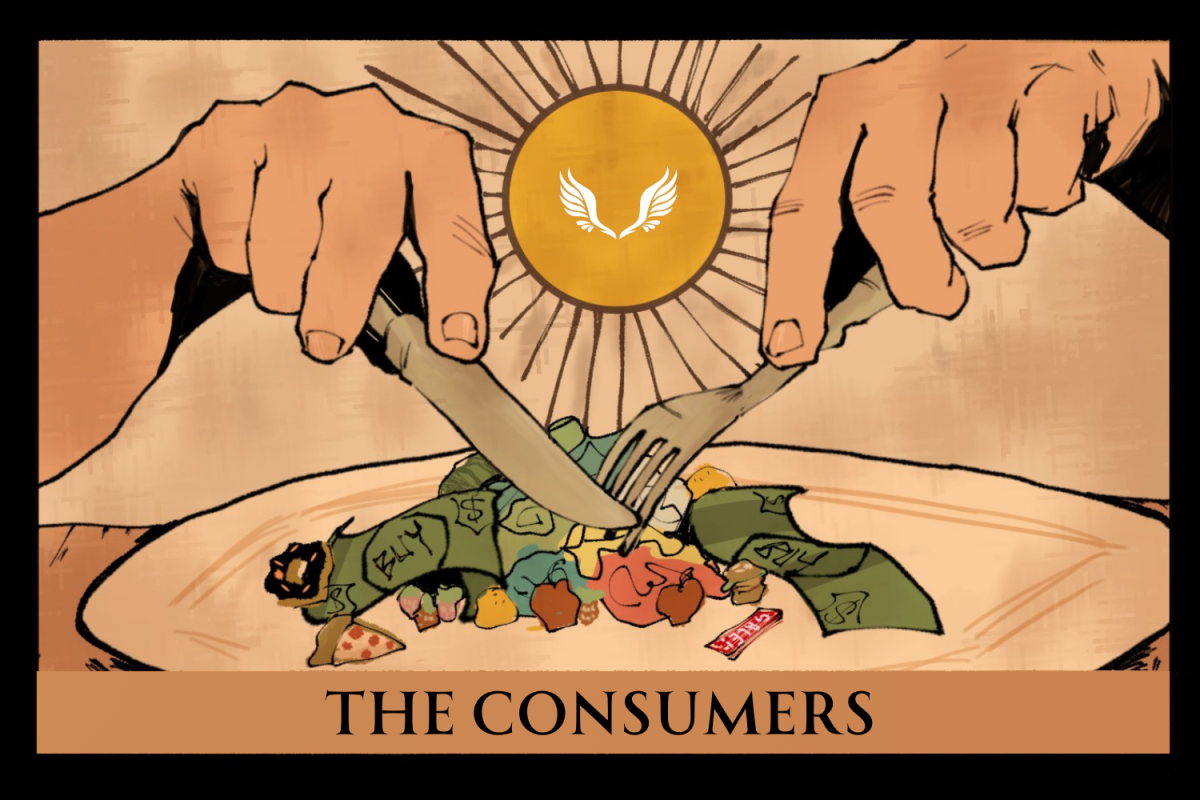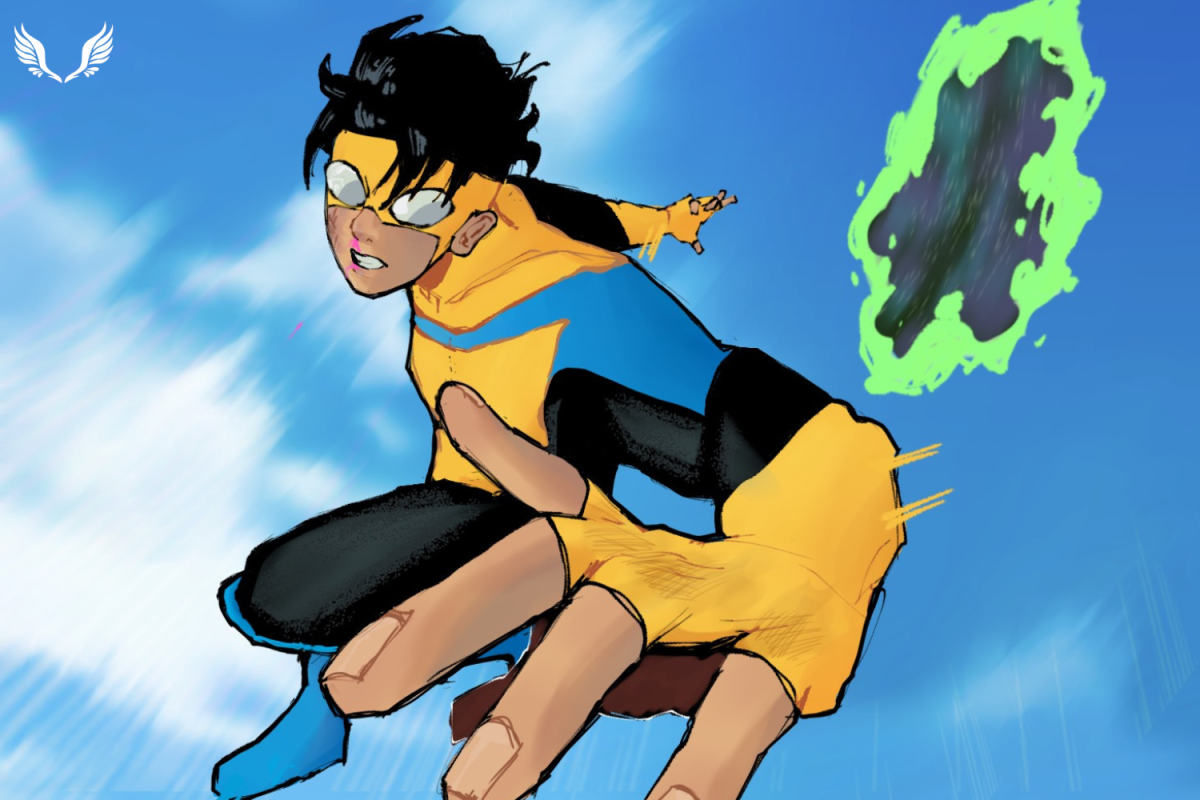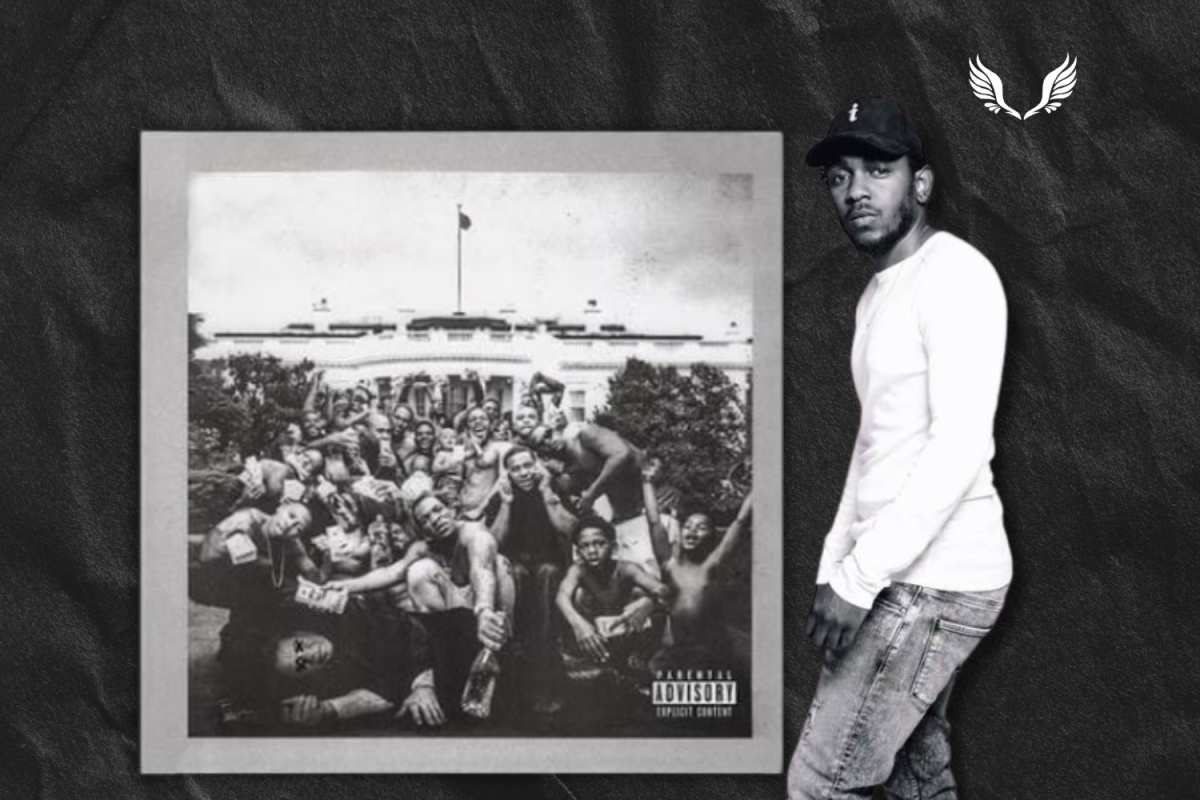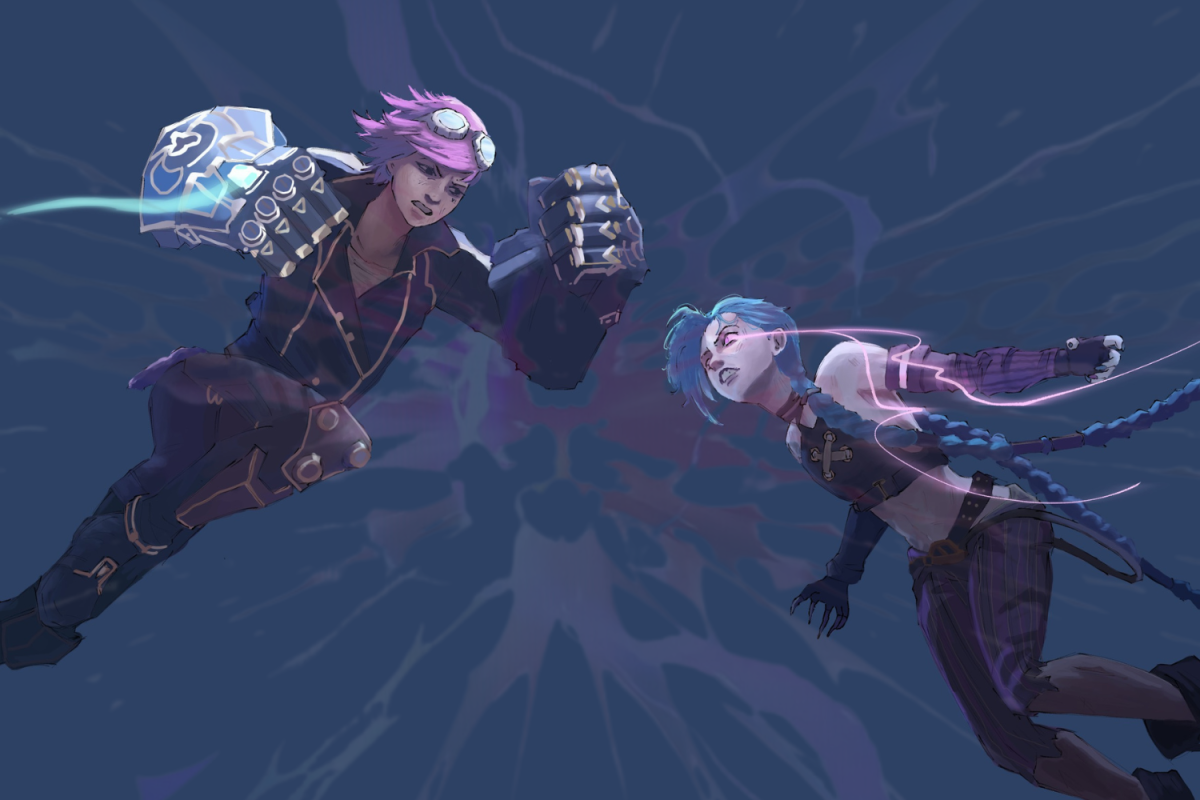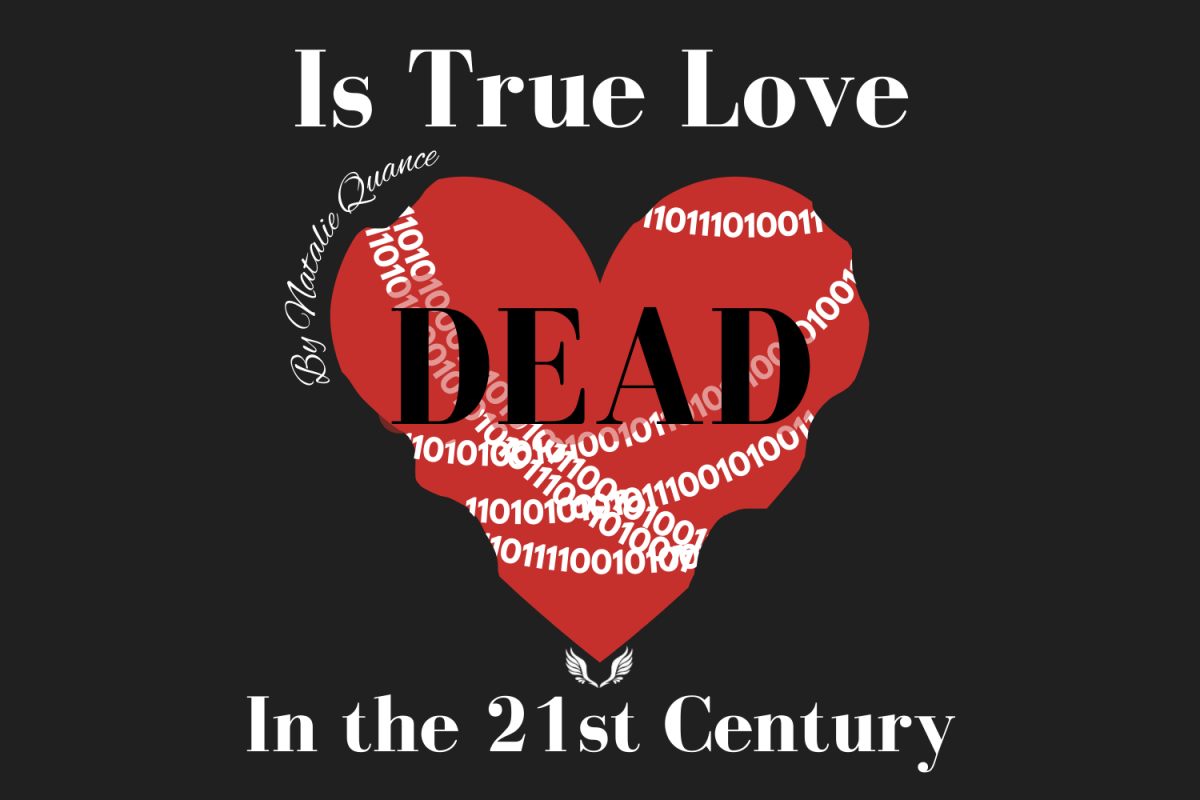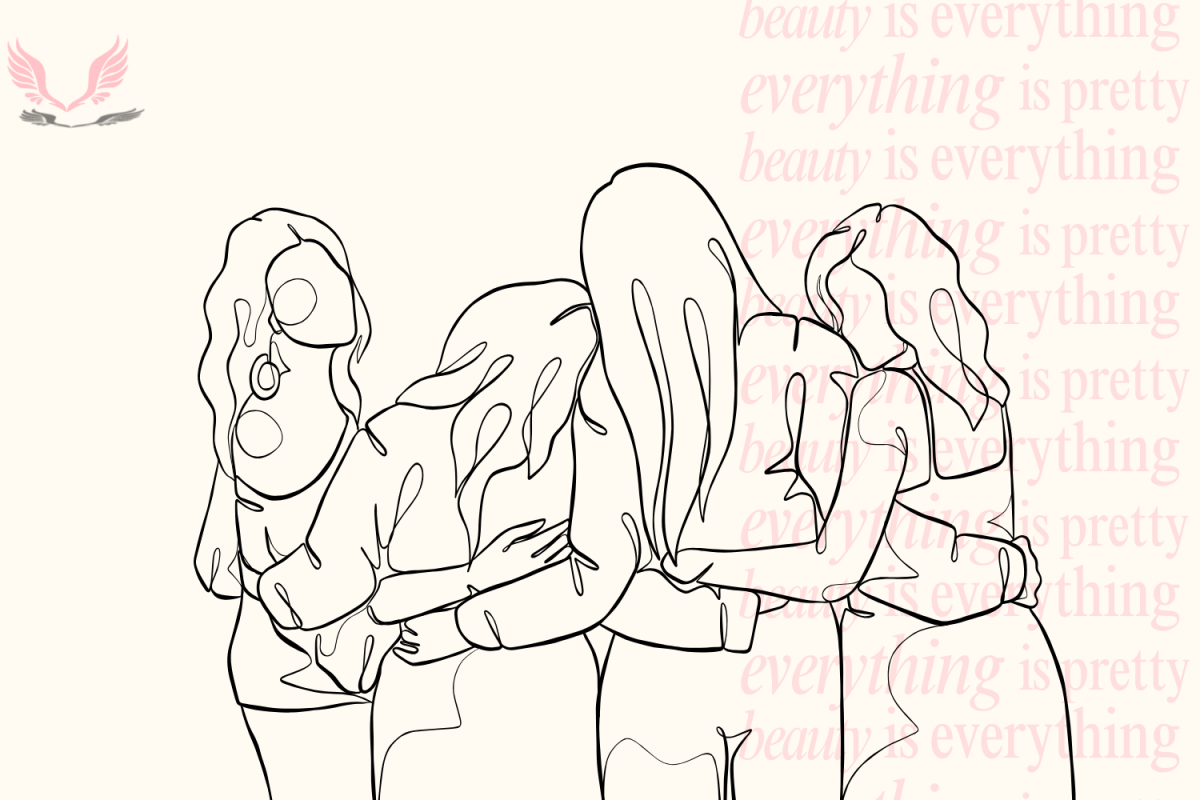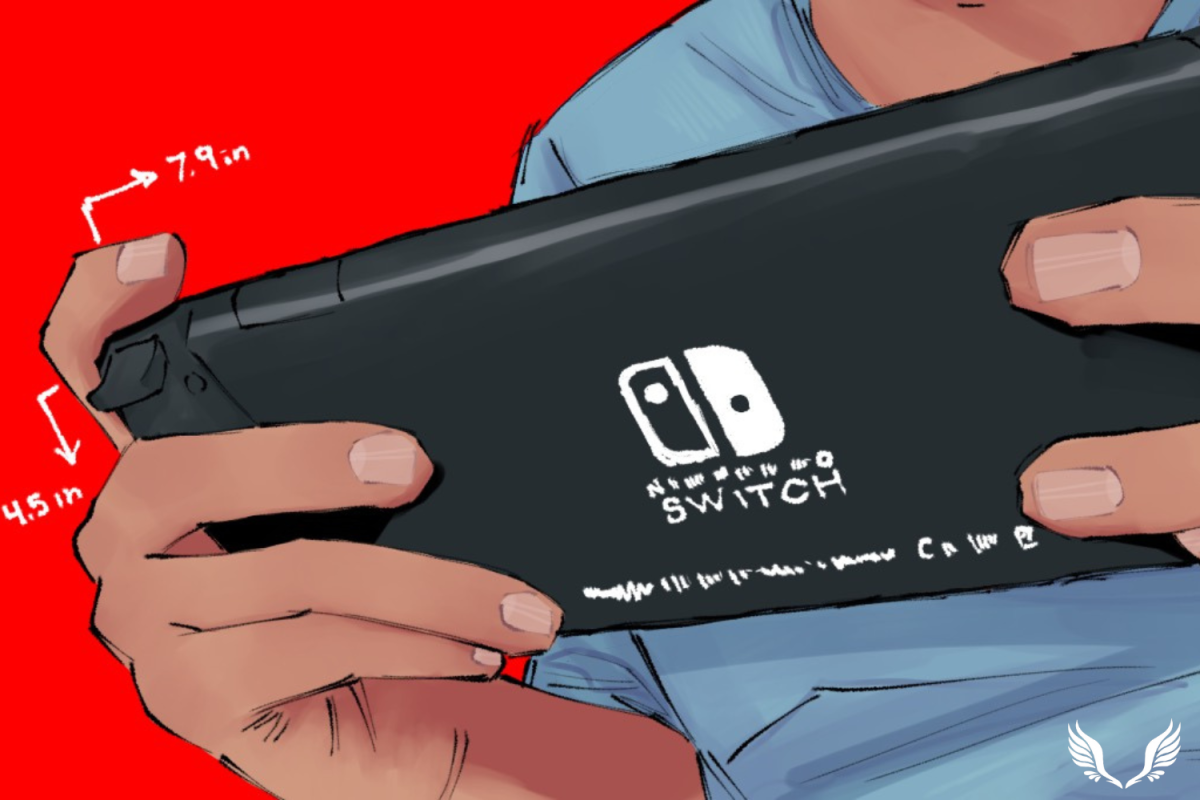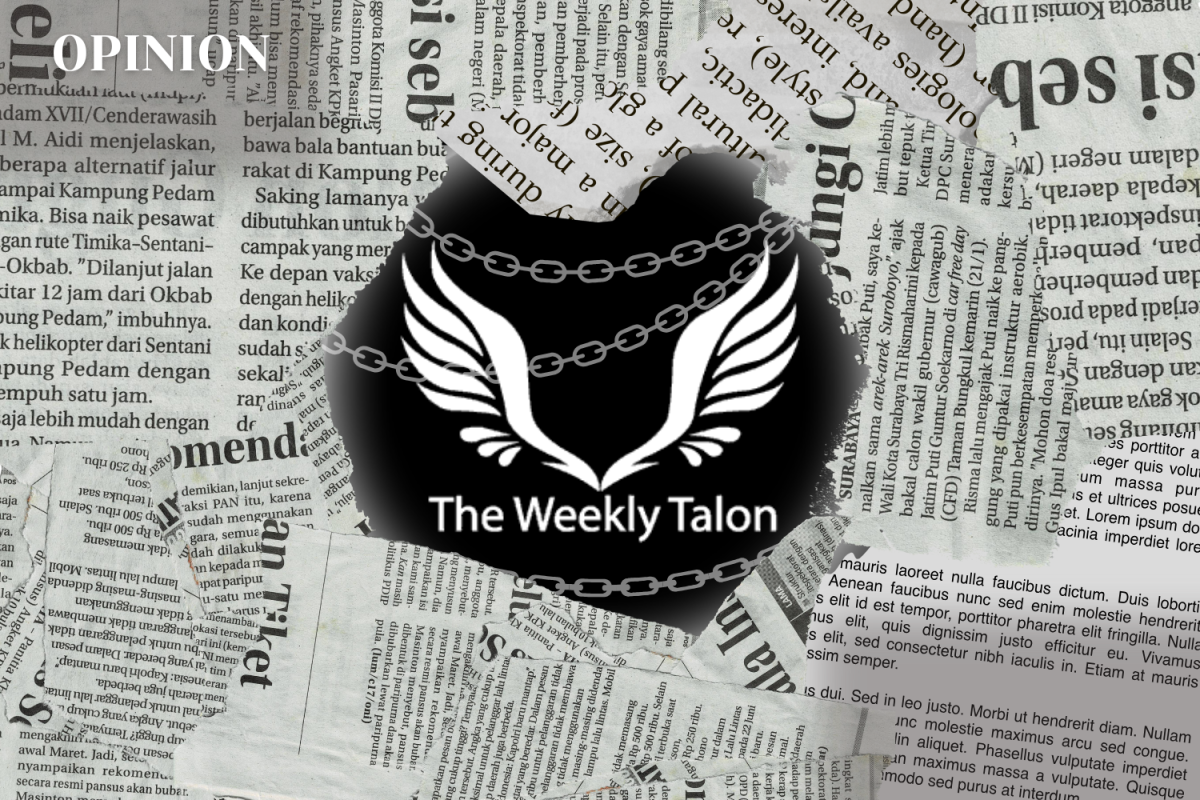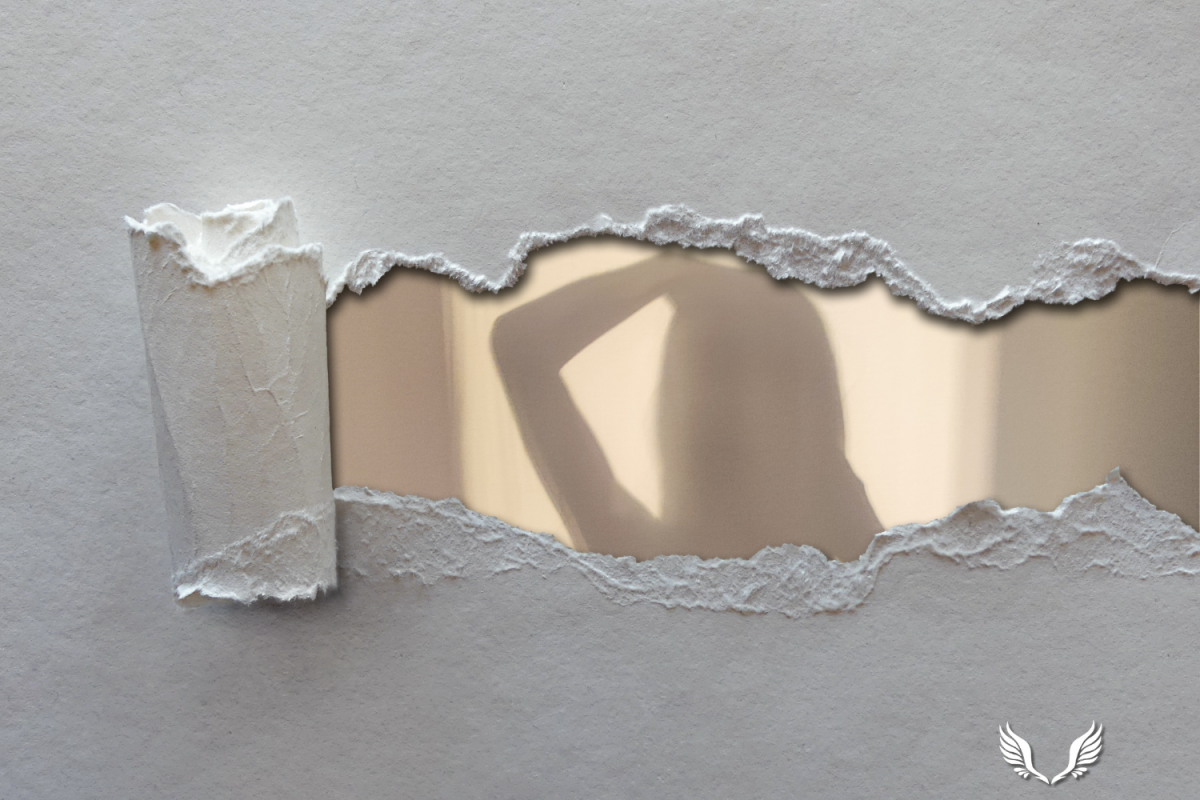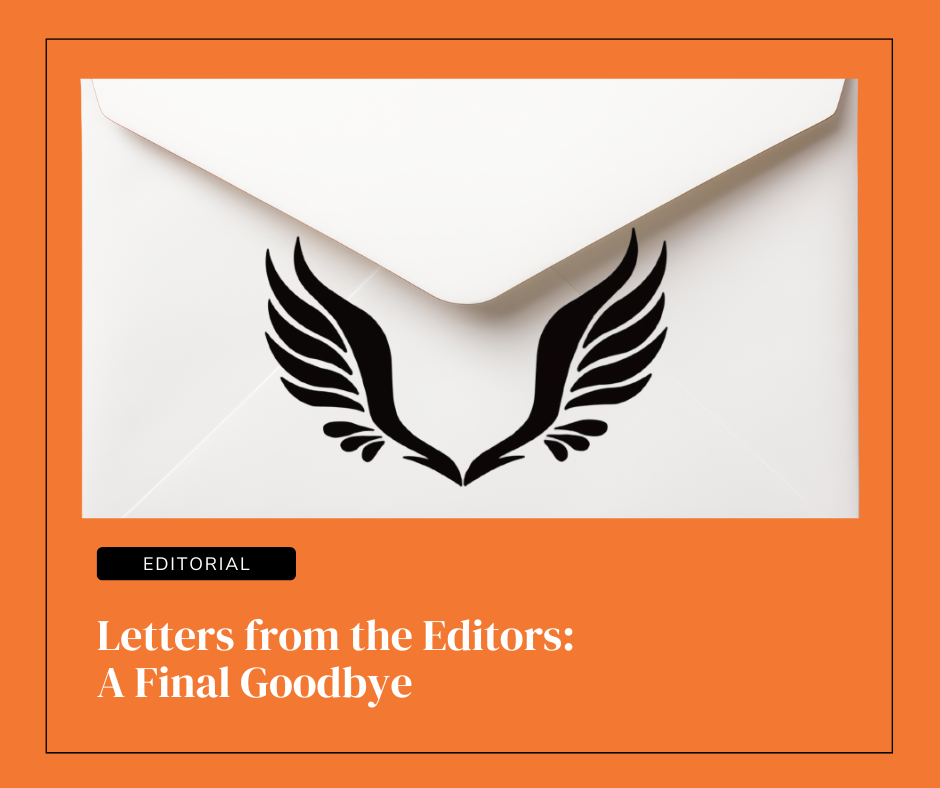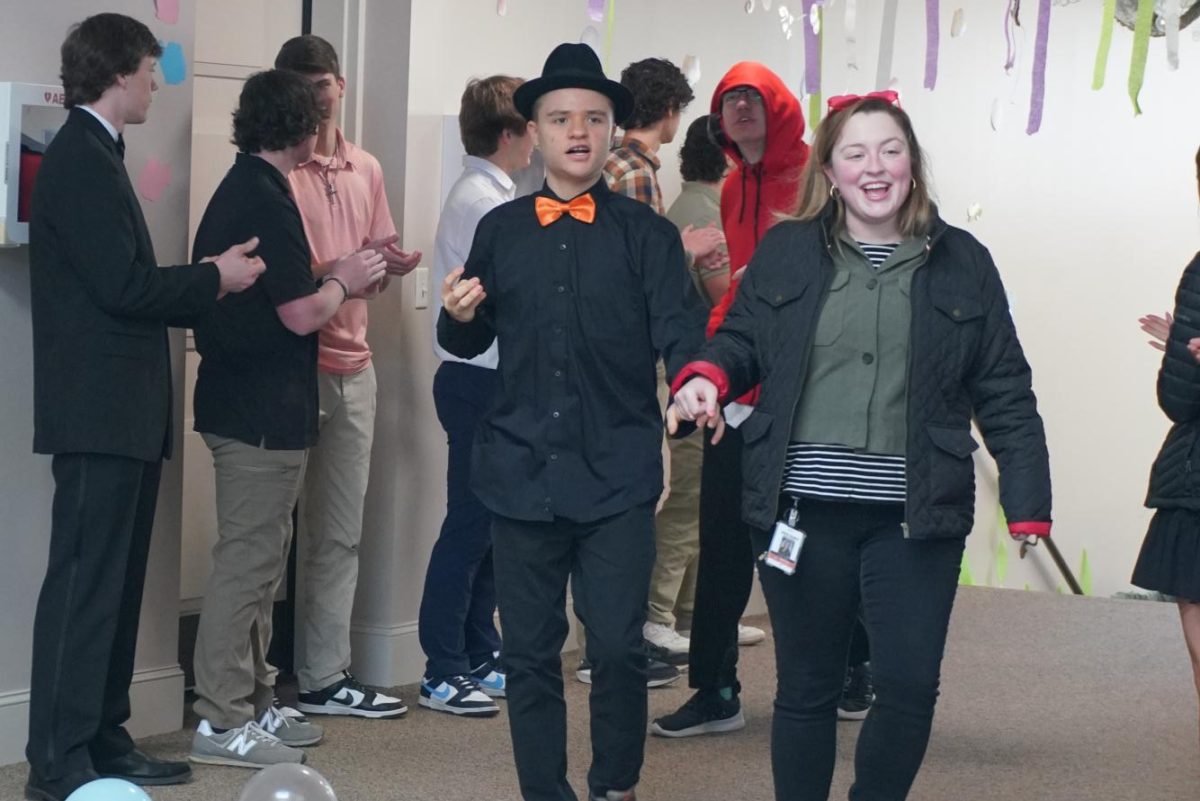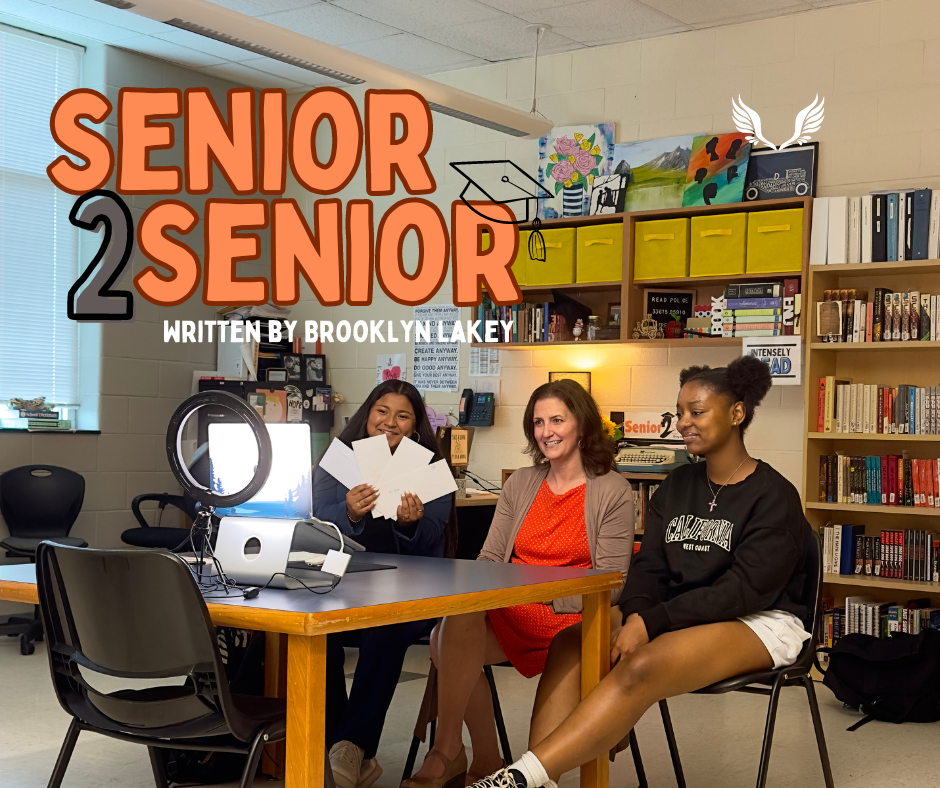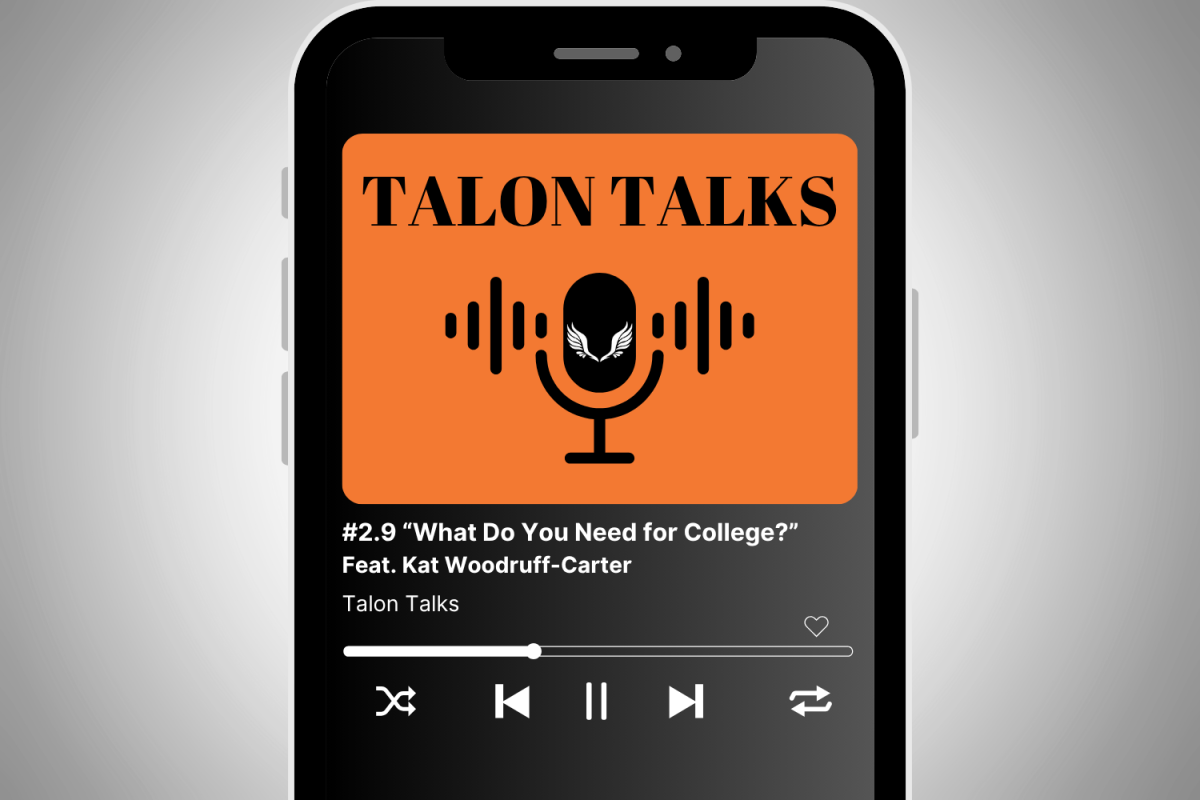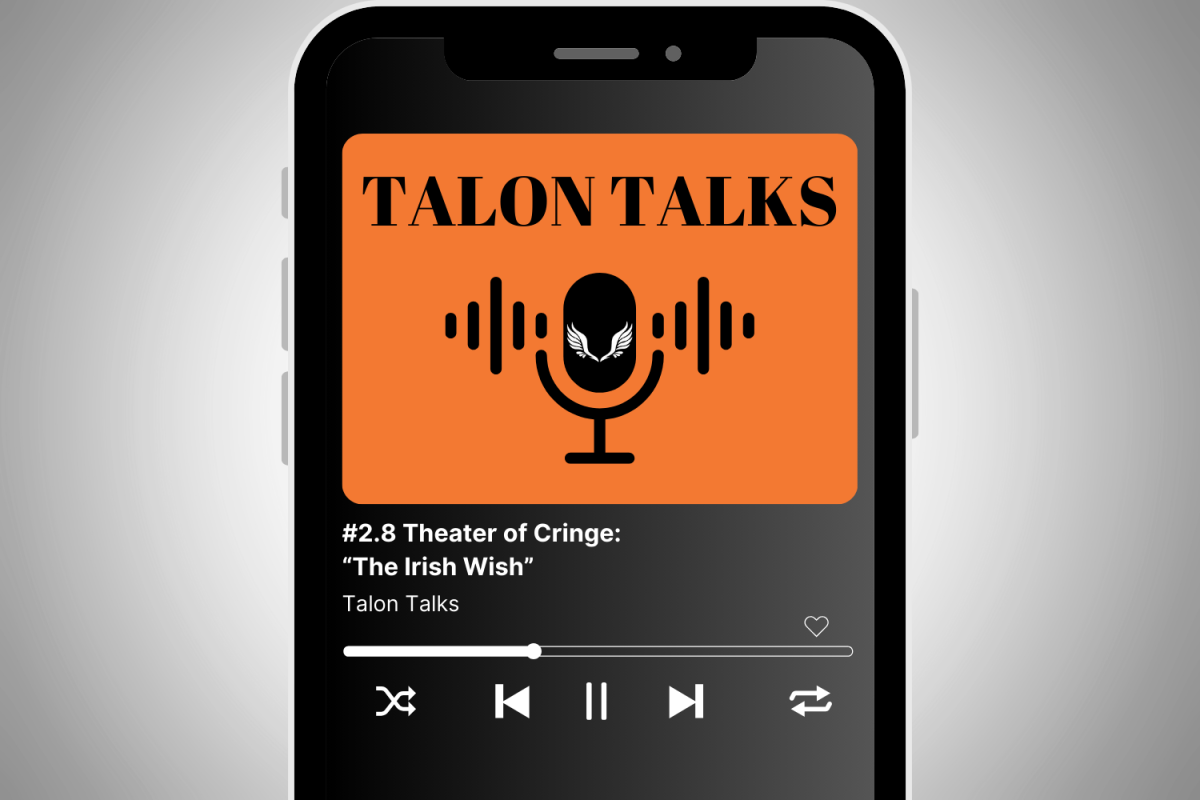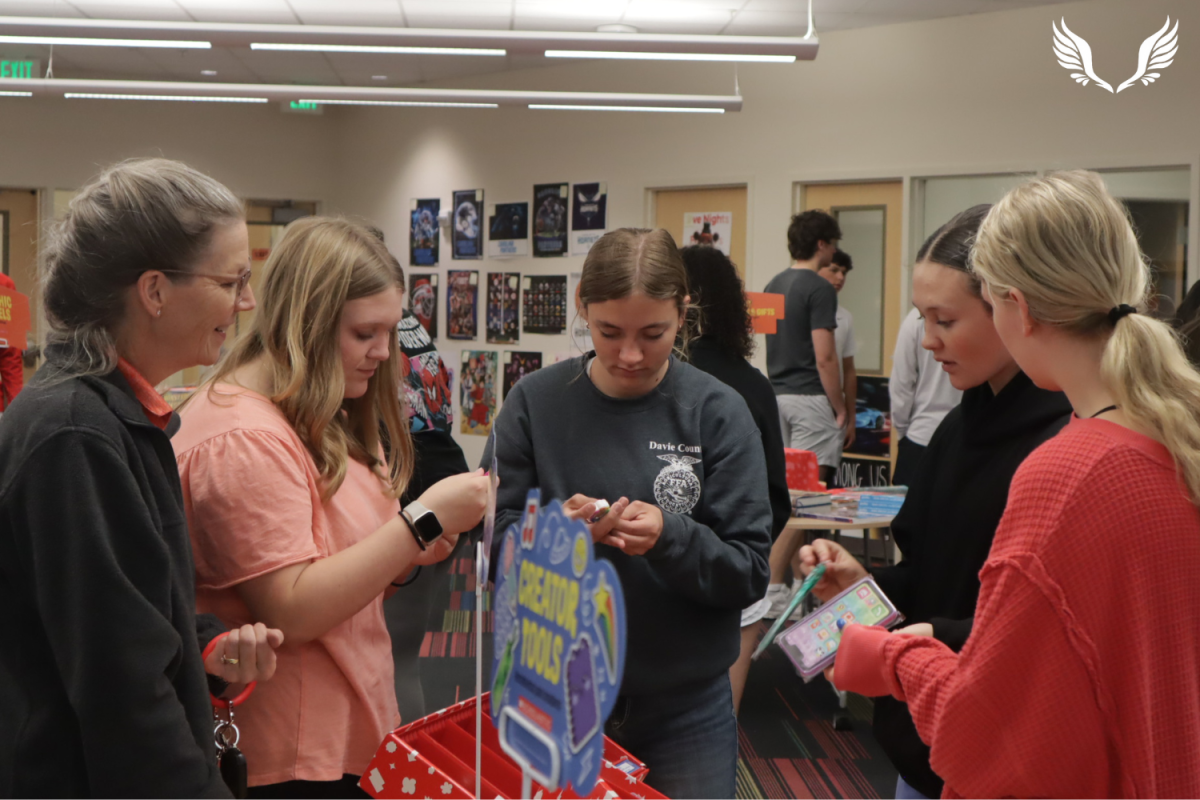May 19, 2025, marks the 20th anniversary of the final entry in the iconic Star Wars franchise. At least, that’s what every fan who lined up outside their local theater for a midnight screening believed as they waited impatiently to see one of the most iconic franchises in the history of film come to a close. Released in 2005, “Revenge of the Sith” is the last installment of the Star Wars prequels, the movies that tell the story of the events before Luke Skywalker.
The film describes the fall of Anakin Skywalker to the Dark Side, showing the details of his transformation into the infamous Darth Vader, a story that fans had wanted since the original movies. The movie is a tragedy from beginning to end, as viewers watch Anakin fall deeper into fear of the death of his wife, Padme, and doubt concerning the Jedi Order he has devoted his life to. The audience watches the deterioration of the brotherly and fatherly bond between Anakin and his teacher, Obi-Wan Kenobi, as Anakin is persuaded into thinking the Dark Side is the only way to fix the Republic and save his wife.
Beyond the emotional devastation, the movie describes the rise of Darth Sidious, known as Chancellor Palpatine, to power. Viewers helplessly watch as the Sith Lord executes his long-orchestrated plans of controlling the government and slaughtering the Jedi, realizing he has been in control the entire time.
High (Ground) Expectations
Out of the existing 9 “Star Wars” movies within the Skywalker Saga, “Revenge of the Sith” is the favorite of many. The quality of the prequels is still debated today. Still, it seems they are considered good by the majority of the fanbase, especially for the newest generation of “Star Wars” lovers.
However, this was not always the case. The sky-high expectations were set by the brilliance of the original trilogy, and fans expected George Lucas to strike gold again. However, Lucas’s vision of the prequels “rhyming” with the originals was not well-received, as fans felt that the topics of trade disputes, government, and senate weren’t as compelling as the struggle between good and evil.
When they failed to meet the expectations of the time, hate erupted towards the directors, writers, and actors. This is best seen with the release of “Episode I: The Phantom Menace.” Ahmed Best, actor for Jar Jar Binks, a character hated for his crude humor and annoyance, describes how the backlash nearly drove him to suicide.
Time and Place
The intense hate these films experienced completely opposes their now accepted and beloved status. The change in perspective is best seen by how fans of different ages, who experienced vastly different eras of the fandom, view not just this movie but the prequels as a whole.
For sophomore Caitlyn Perry, her favorite aspects of “Revenge of the Sith” concern Anakin Skywalker himself.
“I like how they really went into the details of how Anakin turned into Darth Vader and how the events of the original trilogy tied into the other stories, including the books [and] the rest of the prequels…it really came together for the franchise.”
Of course, these details only matter if the story has characters the audience connects with. Sophomore Mack Ridenhour, an avid fan of the franchise, feels that the emotional core was the most noteworthy feature of “Revenge of the Sith” for him.
“In my opinion, it’s one of the greatest tragedies ever written, and that’s a big statement,” Ridenhour says. “Showing the dynamic between Obi-Wan and Anakin…and seeing that brotherhood between them [and] this dude, who wants to save his wife… goes down this way that he knows is inherently wrong, but his love for his wife is too great. That being the whole thing that drives the character of Darth Vader…makes it great.”
Ironically, though, it is these strengths that Perry and Ridenhour praise that highlight some of the film’s biggest flaws for English teacher Matthew Barker. Among the film’s most egregious sins, Barker highlights the seemingly abrupt transition of Anakin to the Dark Side, bad acting direction, wooden dialogue, and the degradation of Padme’s character as she continues to pursue the unstable Anakin. While he considers himself to be a fan of the movie and cites it as the best of the prequels, he finds it difficult to ignore these shortcomings. As an adult, Barker has experienced firsthand the fluctuation of how these films are perceived, having his initial youthful enthusiasm toward the film curbed with exposure and time.
“Revenge of the Sith came out my freshman year of high school, so to say I was hyped was definitely an understatement,” Barker reflects. “It was really only when I got on the internet and started spending more time in the fandom that I was like, ‘Oh, are these bad, actually?’”
Chain Reaction
The enthusiasm of Perry and Ridenhour, however, remains unwavering. Both attest that their first impressions of “Revenge of the Sith”, verified by the rest of the fanbase, have hardly changed from their first watch-through.
“‘Attack of the Clones’ and ‘Revenge of the Sith’ are some of my favorites,” Perry says. “I don’t like the ‘Phantom Menace’ as much…but [it] needed to be there.” Regarding “Revenge of the Sith”, she immediately knew it was her favorite movie.
Ridenhour reflects, “My initial thoughts of ‘Revenge of the Sith’ were the same as everybody else’s these days – this is the greatest movie. It’s a great setup for one of the greatest films of all time.” He goes on to say that his initial opinions haven’t changed at all, save for noticing the “wooden” dialogue, which isn’t a huge point of contention for him.
It is interesting to witness not only the differences in perception but also the change, or lack thereof, in perception. The arguments of the whole can work to either change or cement individual opinions. Younger fans are now encouraged to continue liking the prequels, the opposite experience of older fans, who were urged to dislike the prequels or ridiculed for liking them.
In a sort of chain reaction, some uniting factor creates a group perspective, which shapes individual opinions, which then feed into the group perspective, and so on. If the opinions of the whole can change individuals, what, then, changes the opinions of the whole? While various factors come into play, time is the main catalyst. By adding time to the equation, that consensus begins to shift to the other end of the spectrum, little by little, until a new group accord has been reached and the cycle begins again.
In accordance with the change in opinions present in the current fandom, Barker finds himself acknowledging the merit of “Revenge of the Sith” more than he once did, recapturing a part of his past awe for the film.
“‘Revenge of the Sith’ is a movie I appreciate in some ways more now than I did when it came out,” Barker says. “It’s the one that most clearly communicates the corruption of Anakin…it still has flaws, but if I’m gonna pick a prequel to watch, it’s gonna be that one.”
From a Certain Different Point of View
“Star Wars” is a larger reflection of how the consensus of the whole and time can affect our opinions. As such, the time at which we discover something has underlying effects that we may not notice. Is a piece of media just bad, or is it ahead of its time?
The fluctuation of these films between good and bad shows that we never truly understand a work on our first time around. As we evolve in character and maturity, the lens through which we see the world changes, too. Let’s not forget that there is always some degree of merit in any piece of human creativity. As Barker states, “The thing I will always respect the prequels for is for doing something different.”




